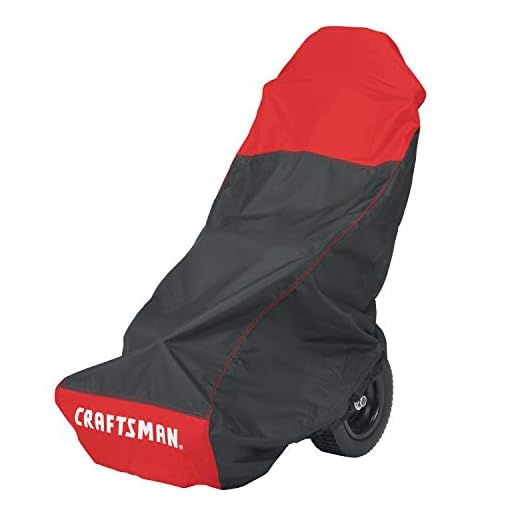


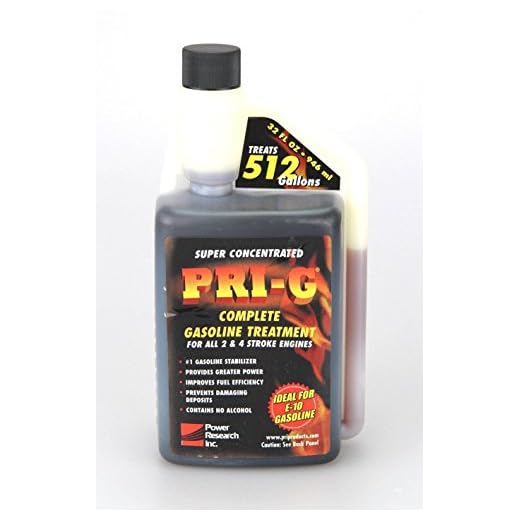
Draining the water from the unit is the first step to ensure longevity during colder months. Most models have a drainage plug at the bottom; removing it allows any remaining water to escape, preventing freezing and subsequent damage.
Next, use a 5-in-1 or bio-degradable antifreeze solution specifically designed for these tools. This fluid can be run through the system, protecting the internal components from freezing temperatures and corrosion.
Afterwards, disconnect all hoses and clean them thoroughly to remove any residue. Storing hoses in a dry, protected environment prevents them from cracking and maintains their flexibility.
A thorough exterior clean should not be overlooked. Dirt and grime left on the casing can contribute to rust and deterioration. Wiping the surface with a soft cloth and mild detergent will ensure that it remains in pristine condition.
Finally, cover the device with a protective tarp or dedicated cover. This small action will safeguard it against moisture, dust, and other environmental hazards over the winter months.
Gather Necessary Supplies for Winterization
Begin with a high-quality pump protection fluid, specifically designed for this task. This fluid prevents internal components from freezing and provides lubrication for moving parts during the dormant season.
Acquire a funnel to simplify the fluid transfer into the machine. This prevents spills and ensures that the right amount reaches the pump.
A high-grade fuel stabiliser is crucial if the unit uses gasoline. This additive preserves fuel and keeps it from breaking down, ensuring the engine remains in optimal condition for the next use.
Have a set of basic tools handy, such as wrenches and screwdrivers. These will aid in disconnecting hoses or removing nozzles if required during the preparation process.
Gather a soft cloth or rag for cleaning and drying surfaces. This helps maintain the exterior of the device while also keeping it free from moisture that could cause corrosion.
A storage container or bag can be useful for keeping all items together and ensures everything is organised, preventing misplacement during off-season storage.
Lastly, a good-quality cover will protect the entire unit from dust, debris, and moisture while not in use, adding an extra layer of defence against winter conditions.
Drain Water from the Pressure Washer System
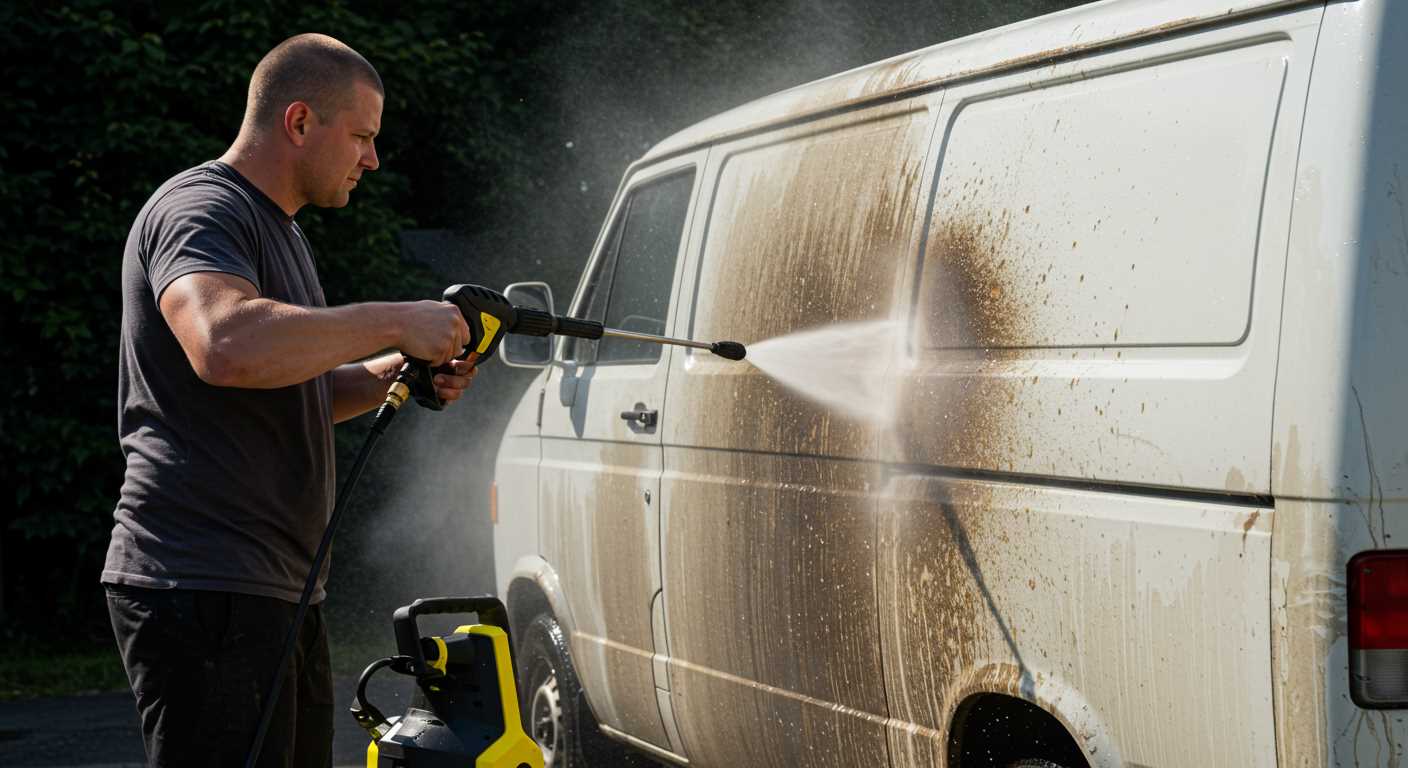
Begin by locating the water inlet and outlet valves. These areas will be critical for removing any residual fluids. Detach the garden hose from the inlet to enable drainage. Make sure to position the unit on an incline, which will assist in the complete expulsion of liquids.
Next, activate the motor for a few seconds to allow any remaining water to escape through the outlet. Ensure that the unit is off before proceeding. This step is crucial for ensuring that no fluid remains within various components like the pump and hoses.
Inspect all connections to confirm that they are free from moisture. Pay particular attention to any areas where water might accumulate, such as filters or nozzles. It may be helpful to use an air compressor to blow out any trapped moisture from the system. Direct the air into the inlet and outlet ports for optimal results.
Lastly, store the machine in a dry location. This practice will reduce the chances of any leftover moisture causing damage during colder months. Taking these steps thoroughly will help maintain the integrity of the equipment and extend its lifespan significantly.
Identify and Remove Attachments and Accessories
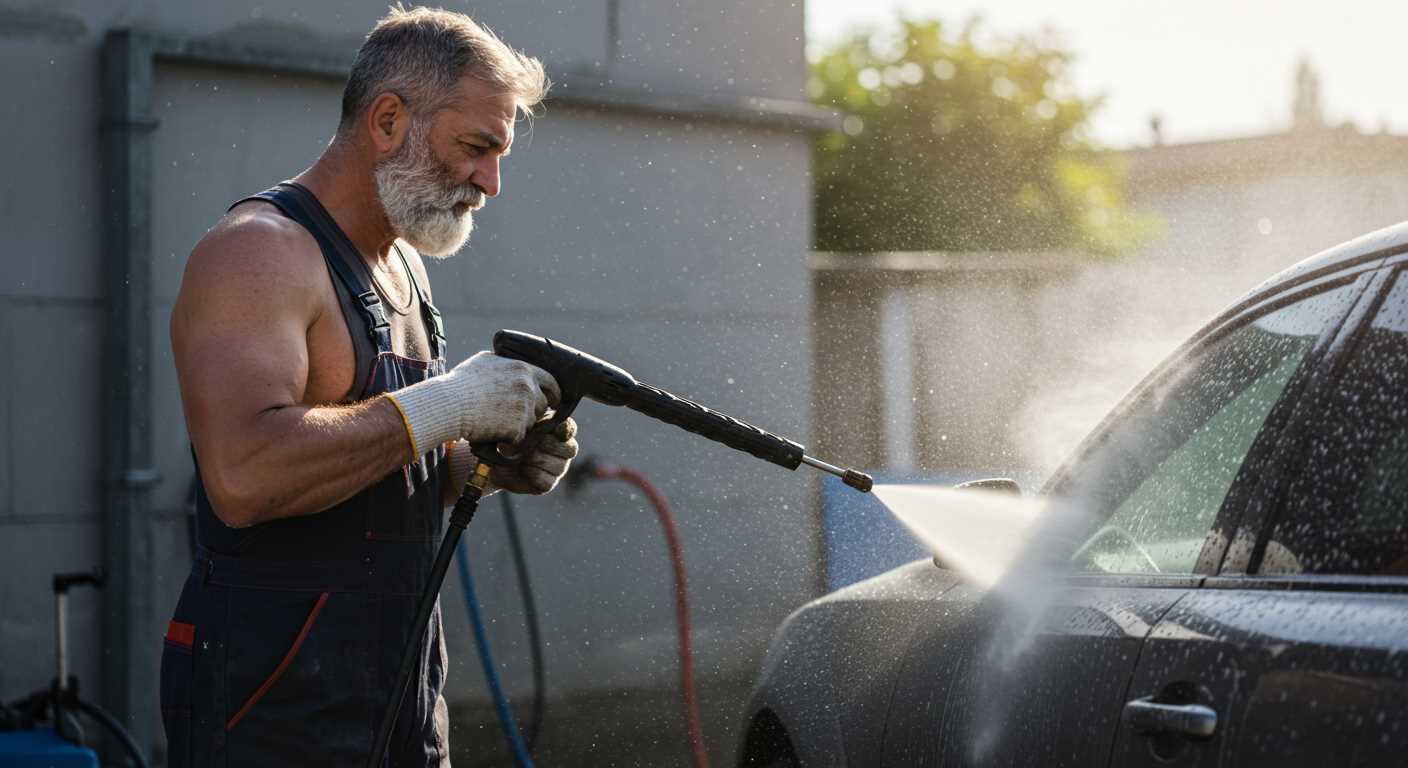
Prior to any seasonal storage, detaching all accessories and attachments is paramount. Begin with the spray wand, as this can harbour water that might freeze and cause damage. Ensure it’s stored in a dry location. If applicable, remove any nozzles, brushes, or surface cleaners. Each of these should be cleaned thoroughly to prevent the buildup of grime, which can compromise performance in the future.
Check for any additional hoses or inline filters connected and disconnect these as well. It’s advisable to inspect these components for wear or damage before winter storage, as replacing them now can save time and effort when the cleaning season resumes. Store accessories together in a labelled container to make retrieval simpler during the next use.
Additionally, if a detergent tank is present, remove it and clean thoroughly, preventing any residue from solidifying. This step is particularly crucial for maintaining functionality and ensuring no clogs develop in the lines. Consider keeping a checklist of all attachments removed for reference, ensuring nothing is forgotten.
Use Antifreeze in the Pump System
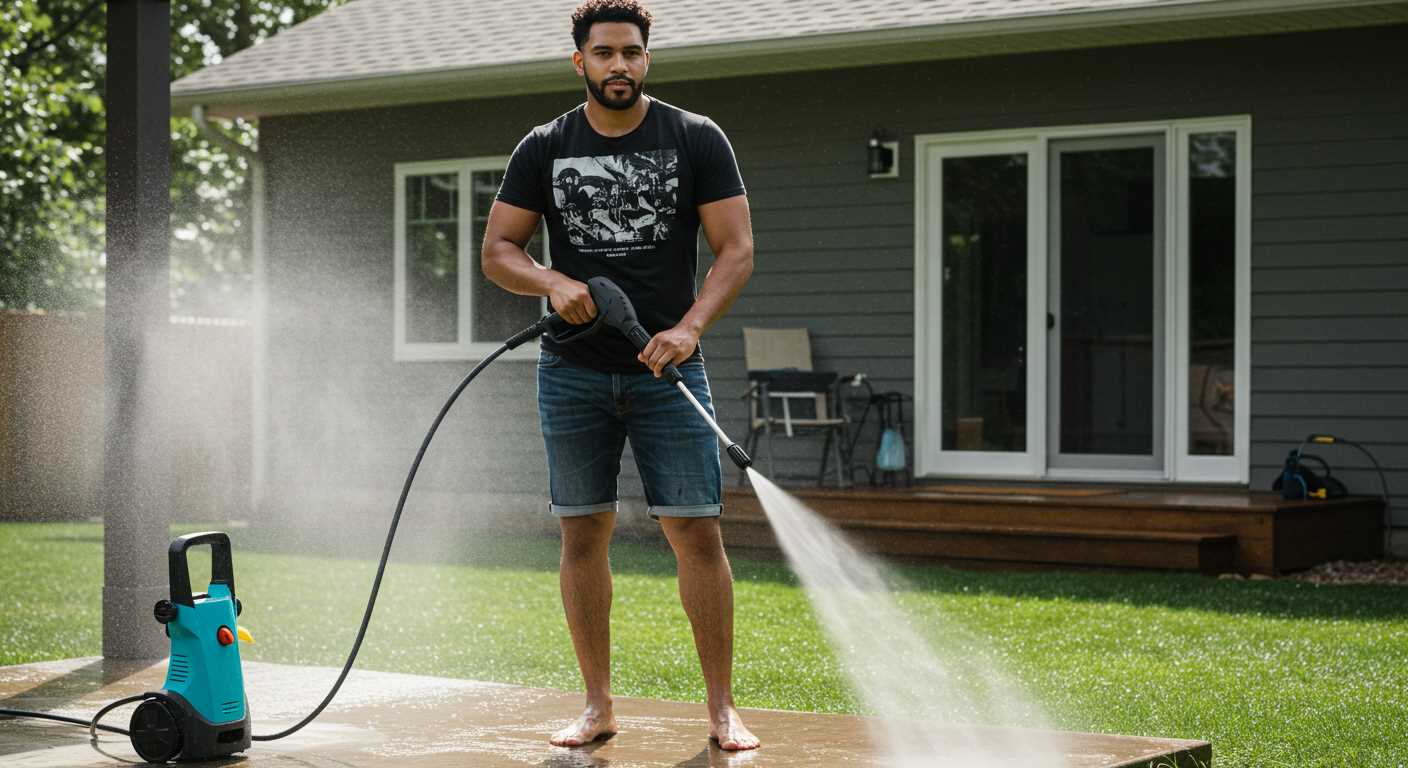
Incorporating antifreeze into the pump mechanism mitigates the risk of freeze damage. Begin with selecting a non-toxic antifreeze solution specifically designated for pressure cleaning apparatus. This choice guarantees compatibility without harming internal components.
Prepare the device by ensuring it is completely free of any residual water. Next, connect a funnel to the water inlet and introduce the antifreeze through this opening slowly. Allow the engine to run for a brief period, approximately 30 seconds, to circulate the solution effectively throughout the entire pump assembly. Ensure that the antifreeze reaches all areas, including the manifold and any valves, to create a protective barrier against freezing temperatures.
Final Steps
After the pumping cycle, switch off the unit and detach the power source. It is prudent to keep the antifreeze solution in the system until the warmer months arrive, ensuring full protection against winter chill. Confirm that the equipment is kept in a climate-controlled space if possible, further reducing the potential for damage.
This method not only provides peace of mind but extends the life of the equipment significantly, avoiding costly repairs and replacements. A thorough approach at this stage contributes to seamless operation when the season changes.
Store the Pressure Washer in a Safe Location
Choose a location that is dry, well-ventilated, and maintains a moderate temperature. Avoid basements or garages that are prone to freezing, as cold environments can lead to equipment damage.
For optimal protection, use a cover designed for such equipment. This prevents dust accumulation and provides an additional barrier against moisture. Ensure that the area is clear of hazardous materials or clutter that could lead to accidental damage.
Keep it out of reach of children and pets to avoid potential accidents. If storing outdoors, secure the unit against theft or adverse weather by using lockable storage solutions.
Check regularly during the off-season for any signs of moisture or pests in the storage area. Conducting routine inspections ensures that the device remains in good condition and ready for use when needed again.
Check and Maintain Fuel and Oil Levels

Ensure all fuel is removed from the tank to prevent deterioration during the colder months. Any remaining fuel can turn stale, leading to starting issues or engine damage come spring. If the unit uses a four-stroke engine, add a fuel stabiliser to the empty tank, shake well, and leave it open to air out. After a few hours, cap it tightly. For two-stroke engines, it’s advisable to mix fresh oil with fuel, as stale mixes can cause engine failures.
Oil Levels
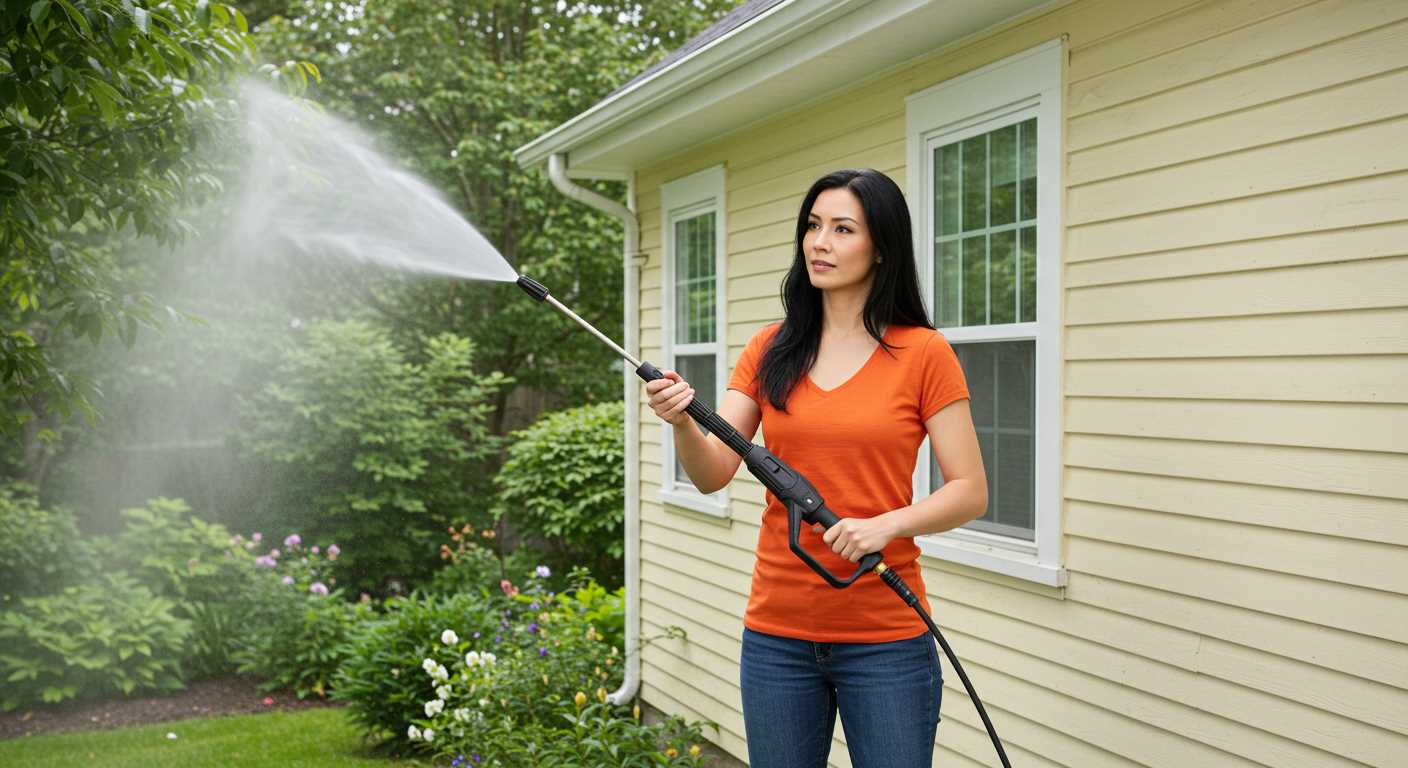
Examine the oil levels and quality as part of the pre-storage checklist. Old, contaminated oil should be changed to ensure optimal starting and lubrication when the unit is put back to use. Use the manufacturer’s specifications to fill to the correct level. Always dispose of the used oil responsibly.
Fuel and Oil Maintenance Checklist
| Action | Details |
|---|---|
| Fuel Removal | Empty tank completely; consider using a fuel stabiliser. |
| Oil Check | Inspect oil levels; replace old oil with fresh. |
| Disposal | Dispose of used oil at a certified facility. |
Review Manufacturer’s Guidelines for Winter Prep
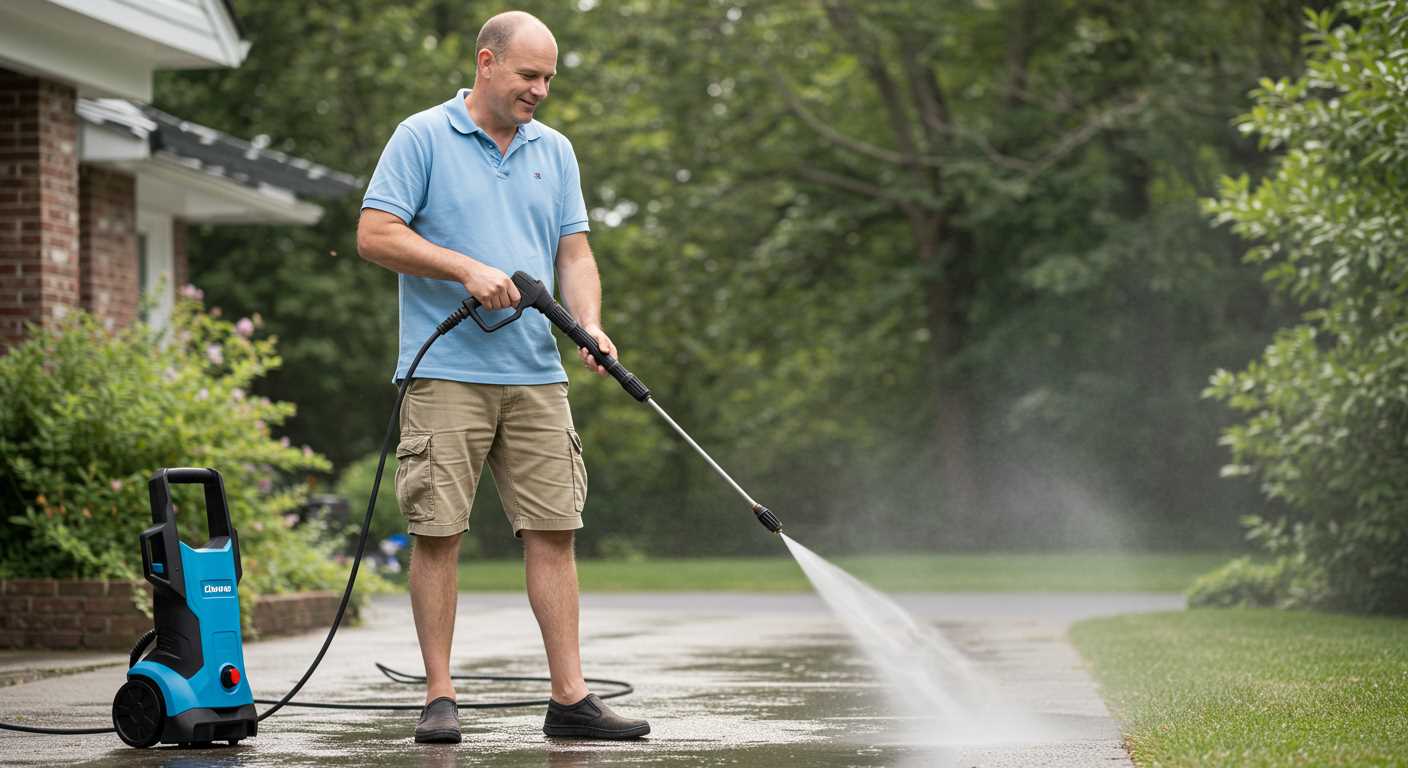
Before initiating any care procedures, consult the specific guidelines provided by the device’s manufacturer. Each brand often has unique recommendations that directly influence the longevity and performance of the equipment.
Here are key steps to take from the manufacturer’s instructions:
- Check for any specific notes on winter preparation for the particular model.
- Verify recommended storage conditions, including temperature and humidity levels.
- Identify if the manufacturer suggests using a particular type of antifreeze or fluid for protection.
- Review any warnings against specific actions that could void the warranty.
Taking the time to adhere to these recommendations ensures compatibility with the operational characteristics of the machine and maximises its lifespan. Being aware of these details helps prevent costly repairs or replacements resulting from improper care.
FAQ:
What steps should I take to winterize my pressure washer?
To winterize your pressure washer, first, ensure that it is completely clean. Remove any detergent or cleaning solution from the tank. Drain the water from the pump by disconnecting the hose and running the machine for a few seconds. Next, use a pump protector or antifreeze designed for pressure washers to prevent freezing. Follow the manufacturer’s instructions for the correct type and amount to use. Finally, store the pressure washer in a dry, sheltered place to keep it safe from extreme temperatures.
Do I need to worry about the gas engine during winterization?
If your pressure washer has a gas engine, it is important to winterize it properly. Start by adding a fuel stabiliser to the gasoline tank and running the engine for a few minutes to ensure the stabiliser circulates throughout the system. This will help prevent fuel degradation and gumming up of the carburettor. If you plan to store the pressure washer for several months, consider draining the fuel completely to avoid issues with stale fuel. Always check the owner’s manual for specific recommendations related to your model.
How can I protect the pump from freezing?
To protect the pump from freezing, it is crucial to remove all water from the system after use. After draining the water, apply a pump protector or antifreeze to safeguard internal components. This protector creates a barrier against cold temperatures, reducing the risk of damage. Always consult your pressure washer’s manual for guidance on the appropriate type of pump protector to use, as different models may require different treatments.
Is it necessary to clean my pressure washer before winterizing?
Cleaning your pressure washer before winterizing is highly recommended, as it helps maintain its longevity and performance. Remove any debris or residue from the nozzle and hoses, ensuring there is no buildup that could cause blockages or corrosion. Additionally, rinsing the detergent tank and flushing the system with clean water will prevent any cleaning agents from causing damage during the off-season.
Where is the best place to store a pressure washer for the winter?
The best place to store your pressure washer for winter is in a cool, dry location, such as a garage or shed. Avoid areas exposed to extreme cold or moisture, as this can lead to damage. If possible, elevate the unit by placing it on a shelf or platform to prevent contact with cold floors. Cover the pressure washer with a protective tarp or cloth to shield it from dust and debris while stored.


